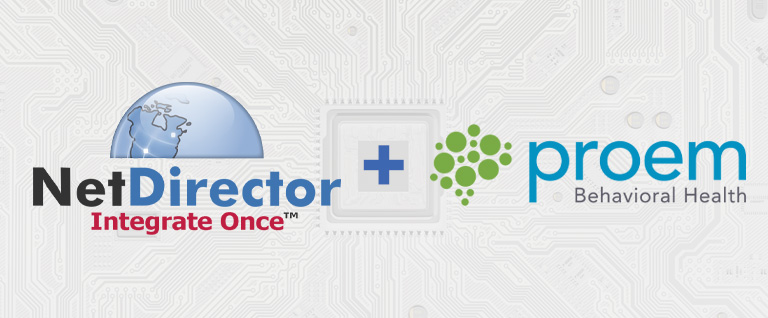The commercial market for artificial intelligence (AI) in healthcare is projected to grow at a compound annual growth rate of over 68 percent through the 2018-2022 timespan, according to industry researcher Frost & Sullivan. Driving the expansion: a tangible shift from innovation to adoption of AI among radiologists, because new tools are proving useful in the field.
For instance, the University of Utah Health is putting AI to work compiling patients’ prior scans, as opposed to physicians having to manually search archived images. And at Capital Health Hospitals, AI-based clinical software detects intracranial hemorrhages in CT scans and flags them for immediate attention.
New Platform for AI Research
Amidst this fast-developing setting, the Radiological Society of North America (RSNA) recently launched an online journal, Radiology: Artificial Intelligence, which highlights emerging AI applications across multiple imaging disciplines.
“AI and radiology do not exist in isolation,” explains the publication’s editor, Charles Kahn, MD. “[These] technologies will help us care for our patients more effectively and humanely. Our goal is not to replace, but rather to extend our human abilities to provide medical care — and to improve the lives of those we are privileged to serve.”
At the journal’s core will be validated scientific research papers that show AI’s impact in extracting information, diagnosing and managing diseases, streamlining radiology workflow and improving healthcare outcomes. Expect coverage of image segmentation and reconstruction, automated detection of abnormalities, diagnostic reasoning, natural language processing, clinical workflow analysis, and radiogenomics, as well as novel applications and innovative applications.
The debut issue, published January 30, includes analysis of automated fracture detection and localization on wrist radiographs, and classification of elbow fractures using a “deep learning” approach that emulates radiologist decision-making. A special report looks at how AI provides standardization, consistency, and dependability in support of human radiologists. An opinion piece peers over the horizon at “augmented radiology,” a practice in which technology will amplify human insight, particularly in medical education and training.
Toward Full AI Integration
As pointed out in NetDirector’s blog post “Artificial Intelligence Set to Soar in Healthcare,” AI’s future success rides on use cases where the technology not only helps to improve clinical outcomes but also delivers a clear return on investment. In doing so, it needs to be fully integrated into radiology departments’ user interfaces and workflows.
Areas to watch include breast and lung imaging for cancer discovery, neurological imaging for stroke detection and non-invasive imaging for diagnosis of coronary artery disease. The technology works in the background to support radiologists’ knowledge and efficiency while offering readily accessible tools for specific purposes as needed.
Undoubtedly, an ongoing challenge will be assimilating health data across diverse platforms and connecting multiple data sources. NetDirector’s cloud-based HealthData Exchange platform ensures strong integration for fast-rising AI applications, bolstered by an existing footprint in radiology and imaging centers.
To find out more about HealthData Exchange and how it could help leverage AI applications, please contact us or request a free demo.




